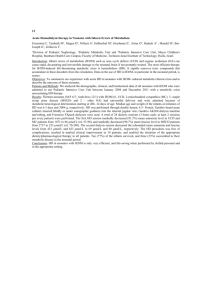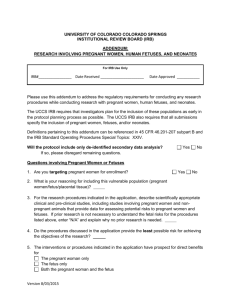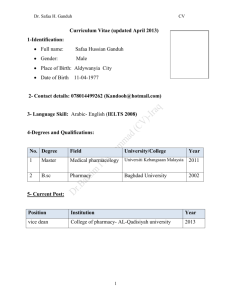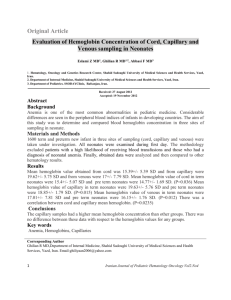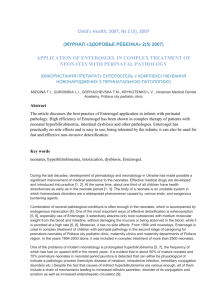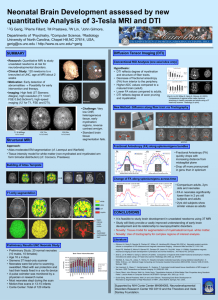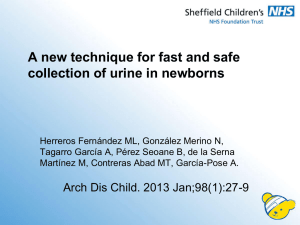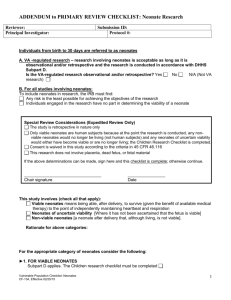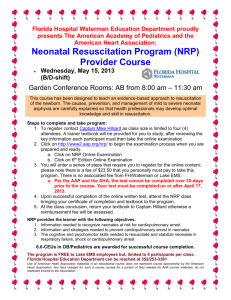minerva pediatrica
advertisement
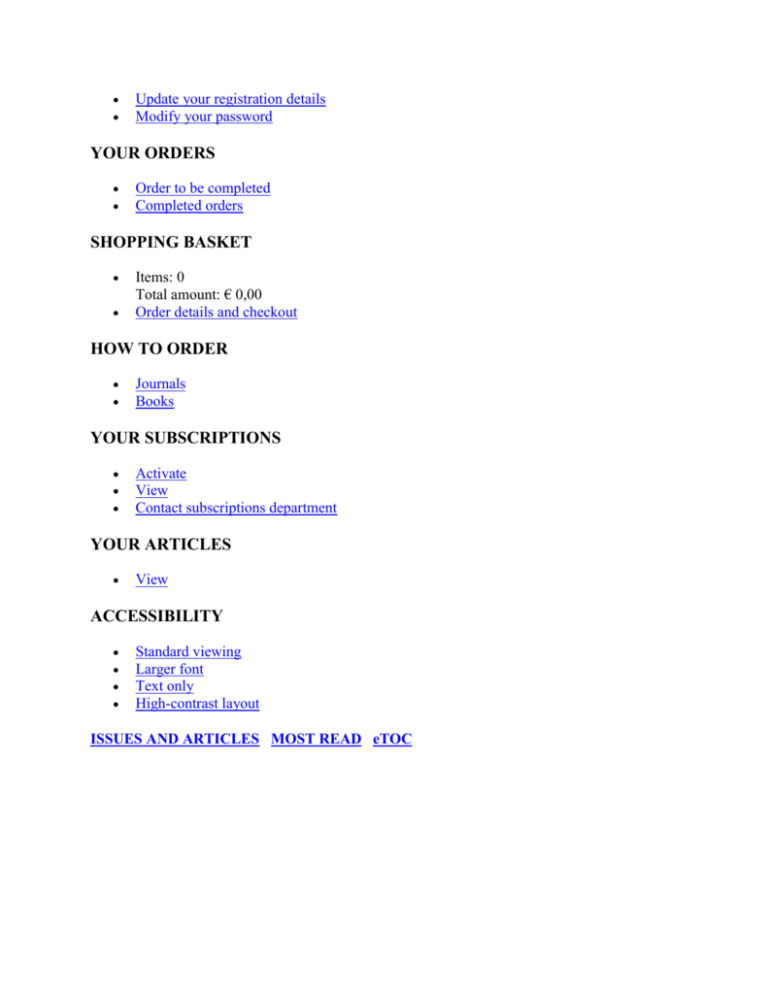
Update your registration details Modify your password YOUR ORDERS Order to be completed Completed orders SHOPPING BASKET Items: 0 Total amount: € 0,00 Order details and checkout HOW TO ORDER Journals Books YOUR SUBSCRIPTIONS Activate View Contact subscriptions department YOUR ARTICLES View ACCESSIBILITY Standard viewing Larger font Text only High-contrast layout ISSUES AND ARTICLES MOST READ eTOC MINERVA PEDIATRICA A Journal on Pediatrics, Neonatology, Adolescent Medicine, Child and Adolescent Psychiatry Indexed/Abstracted in: CAB, EMBASE, PubMed/MEDLINE, Science Citation Index Expanded (SciSearch), Scopus Impact Factor 0,433 Frequency: Bi-Monthly ISSN 0026-4946 Online ISSN 1827-1715 Minerva Pediatrica 2010 October;62(5):431-6 ORIGINAL ARTICLES Incidence of urinary tract infection in neonates with septicemia: a prospective study Mohammad Milani Hosseini S. 1, Ataei N. 2, Khalafi F. 1, Sheikhvatan M. 3 Department of Neonatology, The Children’s Hospital Medical Center School of Medicine Medical Sciences/University of Tehran; 2 Department of Pediatric Nephrology, The Children’s Hospital Medical Center, School of 1 Medicine, Medical Sciences/University of Tehran; 3 Medical Science/ University of Tehran, Tehran, Iran AIM: The aim of this study was to investigate the incidence and clinical course of urinary tract infection (UTI) in neonates with septicemia and also determine the most common UTI manifestations in hospitalized neonates. METHODS: A cross-sectional study was conducted on consecutive febrile infants aged 1 to 56 days that were hospitalized in the neonatal intensive care unit. In all neonates with positive urine culture, scintigraphy with technetium-99m -labeled dimercaptosuccinic acid (DMSA) and ultrasonography (US) were done. Voiding cystourethrography was performed in the course of the illness, generally within 5-7 days of hospitalization. RESULTS: Positive blood culture was detected only in 9% of patients. However, 5% of them had positive urine culture. Positive Abnormal US findings were present in 2 of 5 (40%) and vesicoureteral reflux (VUR) was present in 1 of 5 (20%) of infants with positive urine culture. CONCLUSION: DMSA scan revealed renal parenchymal abnormalities in 3 of 5 (60%) neonates with urosepsis. The incidence of UTI in neonates with septicemia is low. All neonates with sepsis and positive urine culture should undergo a screening renal scintigraphy and cystogram for identifying renal parenchymal involvement and urinary tract abnormalities. language: English FULL TEXT REPRINTS

